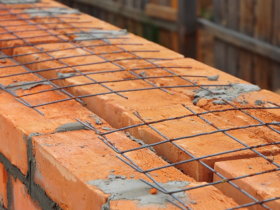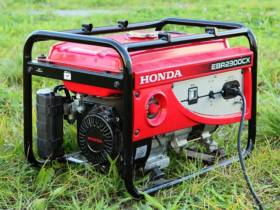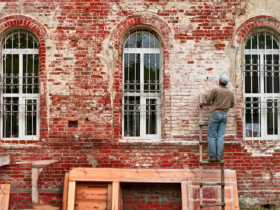The system of spiral anchors for repairing and strengthening brickwork consists of spiral-shaped stainless anchors up to 10 meters long (can be shipped in sections of 1 p/m), installed in masonry joints perpendicular to the crack on a special mounting compound on a cement binder.
The strategy for using a system of spiral anchors is based on the fact that after eliminating the cause of deformation of the foundations and strengthening them, the cracks in the brick walls are repaired. Thanks to the special design of the spiral anchors themselves and the special properties of the mounting composition, the system makes it possible to stabilize and reliably connect masonry elements, maintaining their consistent elasticity and ability to perceive and transmit natural (mainly temperature) deformations.
The use of spiral anchors prevents cracks from opening too much when the structure cools (in winter, the crack has a maximum opening), and when the temperature rises, “pulling” the structure back.
When a crack opens, the spiral anchors stretch like steel springs and experience tensile stress. As long as these tensile stresses are less than the yield strength of the steel, the system operates in the elastic deformation region. Spiral anchors are used to restore the ability of cracked and repaired masonry to withstand tensile forces.
As a result, the width of the crack is significantly reduced, which inevitably forms again in the place of the old crack repaired by “traditional” methods. Elastic fastening of the edges of the crack with spiral anchors facilitates, during unloading, complete closure of the crack.
Spiral anchors hold parts of building structures due to the longitudinal elasticity of the anchors themselves (achieved through a combination of their shape and manufacturing technology), contact adhesion forces and frictional adhesion between the anchor, the RSA composition and the masonry. The coordinated properties of the RSA composition and the spiral anchor allow, when a crack opens, to achieve the required shear length between them, which significantly increases the elongation zone of the anchor and allows it to work in the region of elastic deformations.
This means that during unloading (in this case, during reheating), the crack closes completely due to thermal expansion of the masonry material and the stressed state of the anchors.





